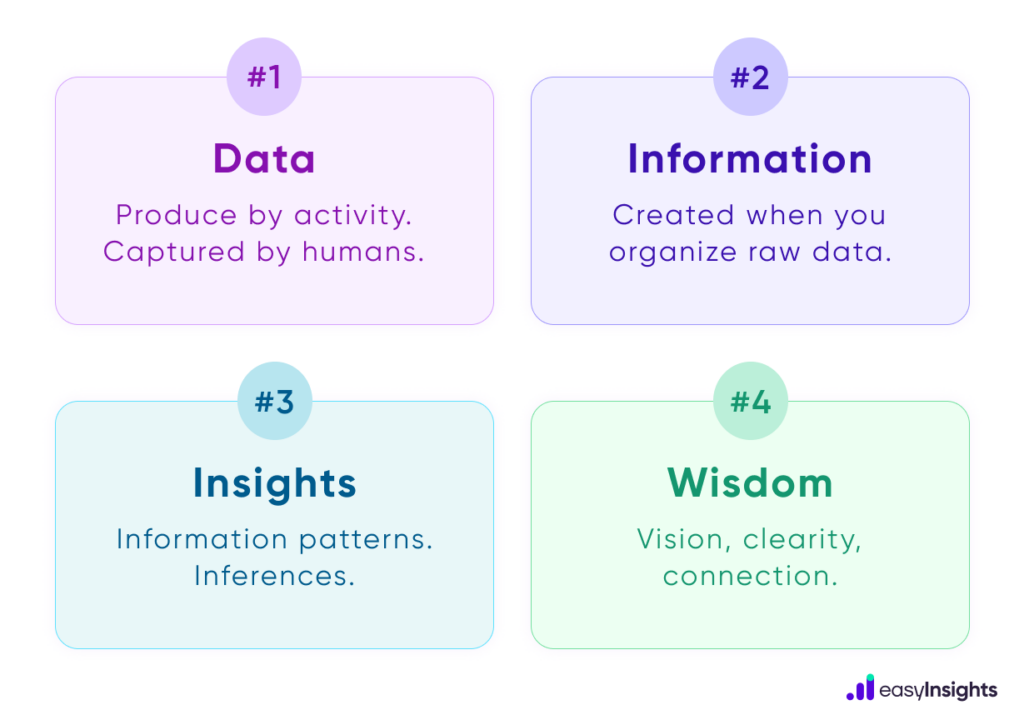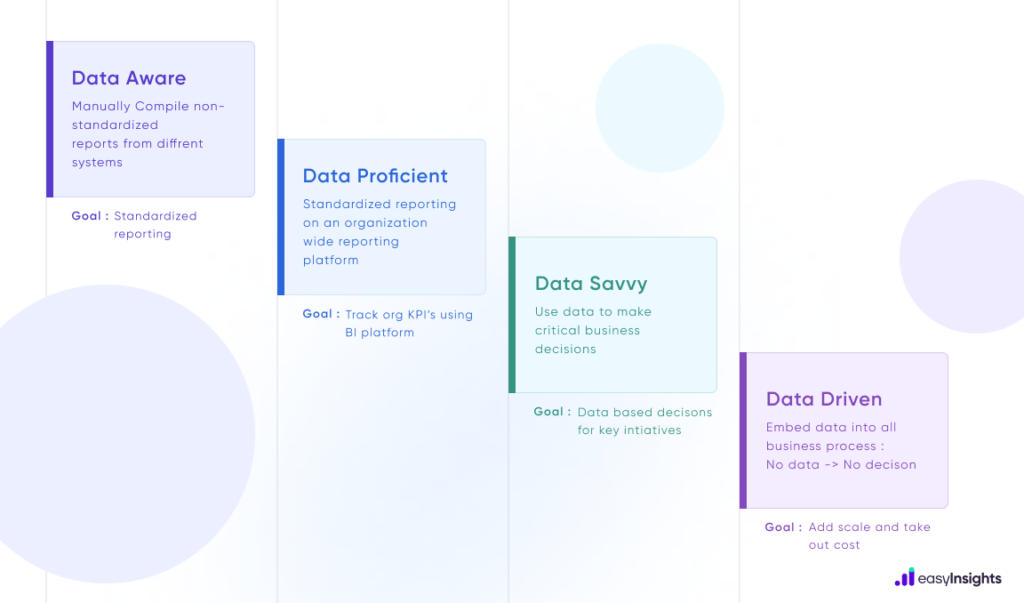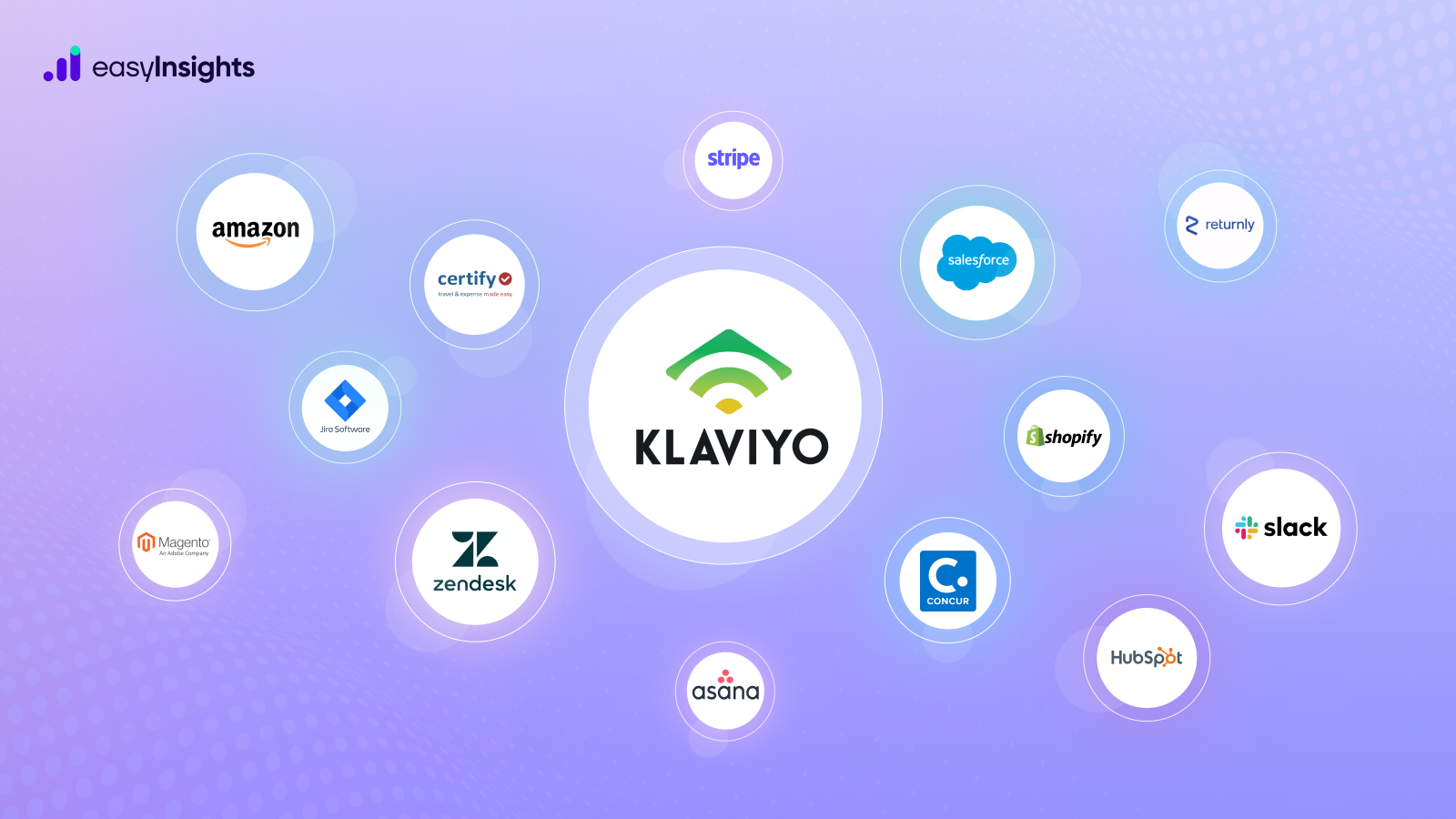
What do brands like Amazon, Uber, Starbucks, and American Express have in common? They are successful, yes, but what’s also alike is the mindset that powers their growth. We are talking about data maturity.
These brands are highly data-driven. They have access to enormous amounts of data, which they have imbibed in their planning, operations, and other business processes. In other words, they possess a high level of data maturity.
But why should data maturity be a concern for a digital marketer?
According to research, over 72% of marketers consider the increased volume of data and its application a hurdle rather than an opportunity. That’s because many marketers lack the know-how to use data to their advantage.
There are simply too many gaps in their data. The lack of streamlined processes makes it difficult for them to handle the sheer volume of data. And at the core of these issues is the lack of data maturity.
In this blog, we will understand what data maturity is and why it is essential for marketers. So, let’s dive straight in.
Jump ahead to:
What Is Data Maturity?
Data maturity refers to an organization’s ability to manage and use data throughout its operations effectively. In other words, a data-mature business can collect, manage, and analyze data, extract meaningful insights, and use them to grow.
From a digital marketing standpoint, data maturity is when marketers can collect marketing data, use advanced analytics tools to track performance, identify patterns, and gather insights. Then, they should also be able to use those insights to create strategies and improve performance of their campaigns.

It is essential to understand that data maturity is not a unidimensional concept that talks of using technology to leverage data. It is a multi-faceted approach that requires a robust framework and a change in mindset.
Simply put, attaining data maturity includes:
- implementation of data workflows and processes,
- improving data literacy among employees,
- investing in technological solutions,
Additional Read: Underrated Yet Critical Trends in Advertising For 2023
Why Should Marketers Focus on Data Maturity?
The reason you should focus on data maturity, is that it simply works! Countless brands have seen success as they became more data mature, even recovered from heavy losses.
Starbucks had to shut many of its stores during the 2008 recession. But it quickly bounced back as it started using data to understand customer preferences and buying patterns to create personalized marketing and pick store locations. It even uses AI to aid its analytics for efficient inventory management and cost optimizations.
Similarly, American Express reports that since it embraced big data in 2010, its ability to detect fraud, provide seamless customer services, and grow its business has improved significantly.
Now, it is understandable that a small organization or new brand may not have much data for marketers to work with. But in this age of cross-channel and omnichannel marketing, it is easy to get overwhelmed by data as you scale.
If the data grows, so must your ability to handle and analyze it. That is why marketers must make efforts to attain higher levels of data maturity. So, you can work with voluminous marketing data, but most of all, be able to use this data to your advantage.
Assessing Data Maturity
Before you can work to improve your organization’s data maturity, you must assess where you stand. So, how do you know whether you are a novice or a data wizard when it comes to data maturity?
Well, there is no standardized formula to assess a business’s data maturity level, for every organization is different and operates under the circumstances unique to its position. But brands commonly rely on two types of models – one with four stages and the other with five stages.
Here we have examples of both types, that too from two renowned brands. Let’s explore them each in turn
Dell’s Data Maturity Model
The first maturity model comes from Dell. Depending on their level of data maturity, this model divides companies into four categories. The model not only explains what a company does to be in a particular category but what it should do to move up the ladder of data maturity.

The four categories in this model are:
1. Data Aware
Companies in the Data Awareness category do not have any standardized reporting in place. Instead, they manually collect data from different platforms resulting in inconsistent and inaccurate data.
The end goal at this level should be to bring all your data into a database to create standardized reporting and easily extract actionable insights.
2. Data Proficient
The next level is Data Proficiency, wherein companies have already created robust organization-wide reporting using analytics tools. There is also a set of rules in place to ensure data governance which enhances data quality compared to the first level.
Besides, companies at this level of data maturity must aim to track KPIs and make efforts to implement data-driven decision-making.
3. Data Savvy
Businesses at the Data Savvy level actively use data to make data-driven decisions. The IT department works closely with the leadership and other departments to ensure access to quality data for the decision-making process.
Dell’s model suggests that at this stage, you must invest in new technologies to integrate data from different platforms with different applications you use. It not only helps you gather more data for granular organization-wide analysis but ensures every department gets access to data.
4. Data Driven
As the name suggests, organizations at the Data-Driven level make all critical decisions based on data. They use advanced analytics techniques and embed data into all their processes.
Your goal now should be to optimize the cost of collecting, storing, and using data. Also, you should empower non-tech users to leverage data without requiring support from your IT team.
IBM’s Data Maturity Model
The next model comes from IBM, an example of a five-stage data maturity model. Similar to the four-stage model, it also categorizes organizations based on their level of maturity. But the model focuses on measuring maturity based on the brand’s ability to implement complex processes.

The five stages of IBM’s data maturity model are:
1. Initial Stage
At the Initial stage, companies have no data process in place. Even if they use data to some extent, it is siloed. There is no formalized data management. In fact, data management is reactive, i.e., you respond to data-related needs as they arise. Also, the data processes are not optimized, causing data project delays and budget exhaustion.
2. Managed Stage
The second stage is the Managed stage, wherein the company is aware that the data is indeed of great importance. As a result, there exists some form of documentation regarding data governance. There is an investment in basic infrastructure, and data is used in a handful of processes and projects.
3. Defined Stage
As the name suggests, the companies in the third stage of data maturity have well-defined data processes. Brands use technology to manage data and implement processes to ensure employees get easy access to data. Also, there is a heavy focus on improving data quality.
But what’s important to note is that at this stage, data management practices are shared and understood organization-wide, paving the way for implementing more complex processes later.
4. Quantitatively Managed Stage
Companies in the fourth stage have robust data governance structures in place. There are documented data models available at the enterprise level. All projects follow these data governance principles. At the same time, goals are clearly laid out, and performance is measured to ensure goals are met.
5. Optimizing Stage
The last stage includes streamlining and automation of data processes. Also, data management is uniform and implemented across organizations. It removes any inefficiencies in the process, reducing the cost of data management. But the special focus is on measuring and improving the RoI of data-related projects.
Additional Read: EasyInsights – A Better Alternative to Funnel
Attaining Higher Data Maturity Levels
You can follow either of the models we discussed to assess data maturity levels and track your progress. But it is evident from the two models that a brand cannot attain data maturity overnight. It is an ongoing process of gradual progress, from taking smaller steps to implementing complex processes.
Taking cues from both Dell and IBM’s data maturity models, one can easily embark on a journey to become a data-proficient marketer. Here we have broken down what steps you can take as a marketer to attain ultimate data maturity levels:
1. Assess Your Data Needs
Before you can begin creating and implementing data processes, you must know what data is of value to your brand. You must seek answers to questions like:
- What type of data do you need?
- Where lies the source of this data?
- Is there any pre-existing data?
- Which decisions can you map to this data?
2. Invest in Infrastructure and Human Resource
Once you are past the initial stage, you can take another key step towards big data analytics, i.e., data collection and storage. And for that, you’ll need infrastructure from database to analytics software.
Another important pillar of data maturity is your team. You’ll need skilled personnel to oversee the entire process, from data collection and processing to storage.
But as you become more data-driven, you must prioritize the automation of these processes to reduce the chances of human error and red-tapism. That is why investing in the right technology is essential to attaining data maturity.
3. Document Processes
Next, we need to create standardized processes for data collection, storage, processing, and disposal. Only then it’s possible to maintain a high standard of data quality and democratize access to it. You should document details like:
- Roles and responsibilities for each step in your data pipeline
- Your end goals
- List solutions and tools to be used for different tasks
- Reporting guidelines that include what insights will be presented, to whom, and how often.
4. Optimize
Whether a four- or five-stage model, data maturity is about continually improving. Once your processes are set, technology is in place, and responsibilities are assigned, test your data workflow to find issues like reporting delays and errors, poor data quality, etc., and what causes them. So, you can fix them and optimize your processes for better results.
Wrapping Up
Today marketers have access to abundant data, but you must be data-mature to make the most of it. And you need the right set of tools to achieve the highest levels of data maturity.
One such tool is EasyInsights, an advanced business analytics platform to streamline your data workflow. With EasyInsights, you can automate data collection from over 50 apps and platforms, including GA4, Google Ads, Facebook Ads, and Shopify.
Besides, you can clean and harmonize data in EasyInsights and create a centralized repository for all your marketing data. Being a no-code tool, it helps you democratize data access and allows even non-tech users to analyze data using automated dashboards and reports.
To know more, visit our website or book a demo to see EasyInsights in action.








